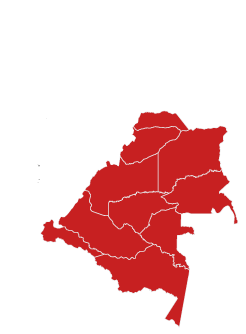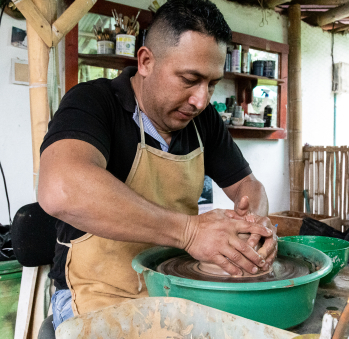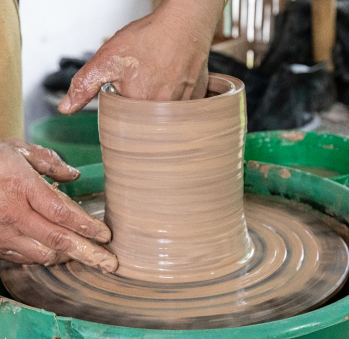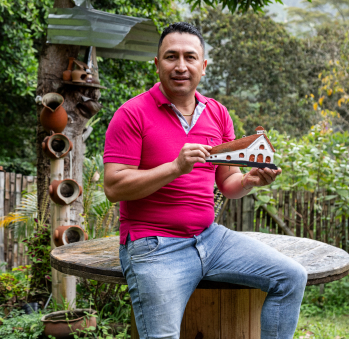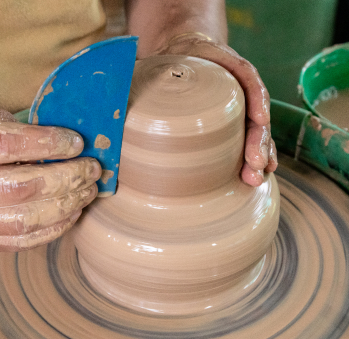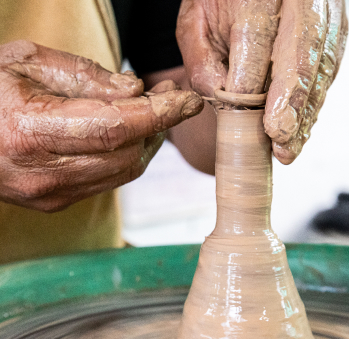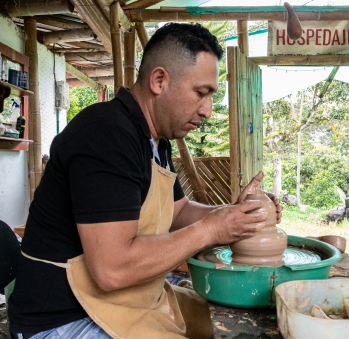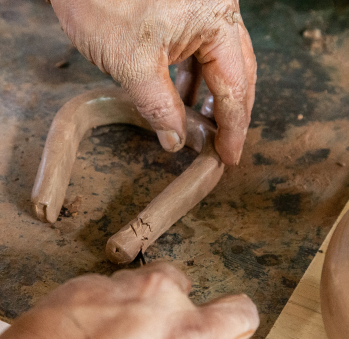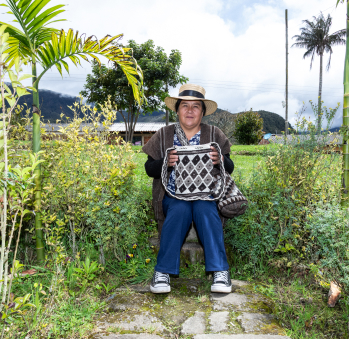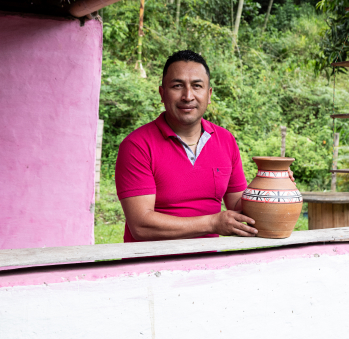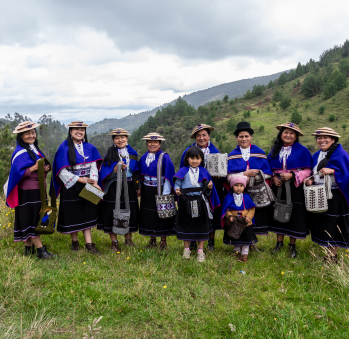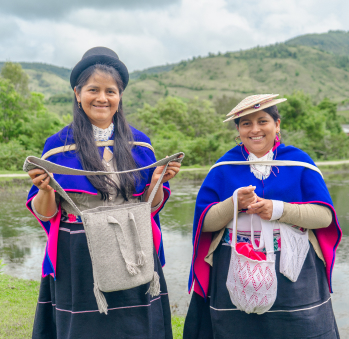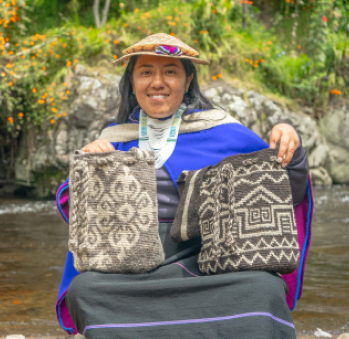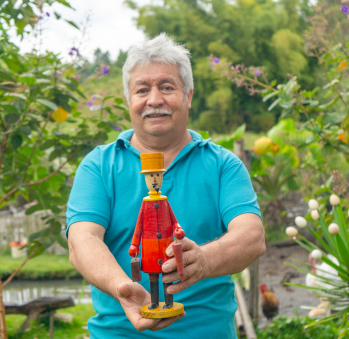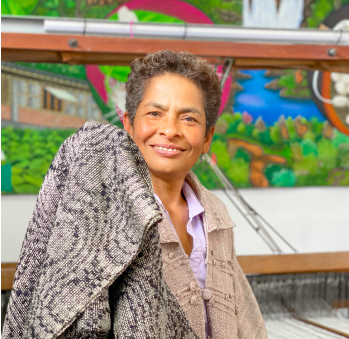Edgar Mauricio Ecué Polanco
Workshop: Cerámicas y artesanías Mauro
Craft: Pottery
Trail: Popayán-Páez Route
Location: Inzá, Cauca
SCHEDULE YOUR VISIT
San Francisco, Taller artesanal cerámicas Mauro, Inzá, Cauca
3228936733
Mauricio decided at a very young age that he didn’t want to finish school. His father reluctantly accepted the decision, but on one condition: he had to do something. That “something” took shape eight months later, when an opportunity came up in his town to travel and learn from the potters of La Chamba, in Tolima. He had already been drawn to clay work, watching with curiosity as a group of women kneaded the clay and shaped pieces that captivated him. So his father sent him to the iconic artisan town of Tolima, hoping that the “something” he longed for might begin to emerge. And it did.
It only took Mauricio one glimpse of families entirely devoted to the world of clay: from its preparation (which he recalls with a smile, since they’d toss the clay onto the road and let cars drive over it to crush it into powder) to its shaping and selling. It felt almost miraculous that fired earth could become something so beautiful—and even better, that it could provide a livelihood for the hands that shaped it. That “something” was born in his heart and, many years later, he would come to name it for what it truly was: his calling.
Looking back, he remembers something striking from those early days: even though he admired the black ceramics of La Chamba, that wasn’t the clay he wanted to work with. It was the orange clay, the terracotta one, that spoke to his soul. With that clay, he felt he was telling a story rooted in his own territory, in Cauca. A land that, for him, is defined by a unique icon: the Archaeological park of Tierradentro, with its striking hypogea, or underground tombs. More than sixteen Indigenous reservations guard this past, ready to reveal its legacy.
But to reach the present, Mauricio can’t skip over his learning years beside the master potters of Inzá. It was from them that he learned his craft, which he has since refined on his own. He was the only man in the artisan group and, for quite some time, worked happily alongside them. Until the day he found his own wings—when he discovered that throwing clay on the wheel made him feel the magic running through his hands. Immediately, his mind returned to the moment he first saw a cup being shaped by a Tolima artisan. That image, which plays in his head time and again, evokes something deeply moving: the perfect transformation of matter, the human mastery over clay through spinning, a full-body connection between attentive hands and earth in motion
Convinced that this was his calling—and after completing his first commission of four thousand wheel-thrown pieces, which kept him up at night but filled him with confidence—he committed to honoring his father’s condition: to do something meaningful with his life. He began to study his land, its history, and its landscapes. Along the way, he uncovered a rich cultural legacy that he now recreates in his ceramics: miniature replicas of the hypogea, the twelve colonial chapels built during the colony, and traditional objects like tripod pots used for cooking over open fire, alcarrazas for fermented drinks, chorotes for roasting coffee or warming arepas, water filters, and entire dish sets in clay. This cultural wealth is matched only by the richness of the natural surroundings he celebrates, living among clays of surprising colors: a recently discovered red clay that looks dyed, a black clay, and the more traditional ones he’s always worked with. In his workshop in Vereda San Francisco, he has access to two mines—one with gray clay and the other with brown.
Craft
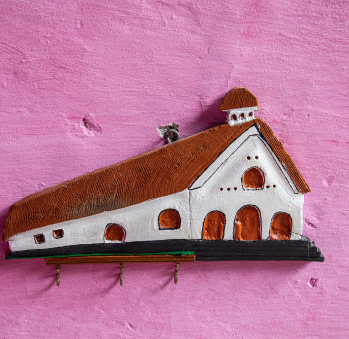

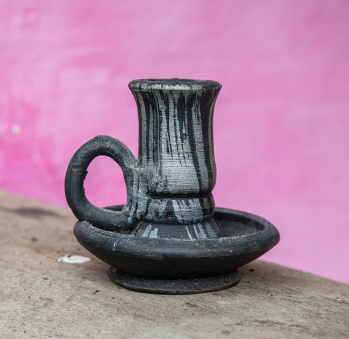
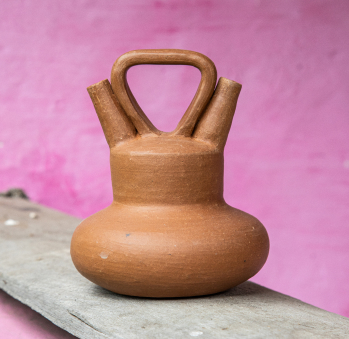
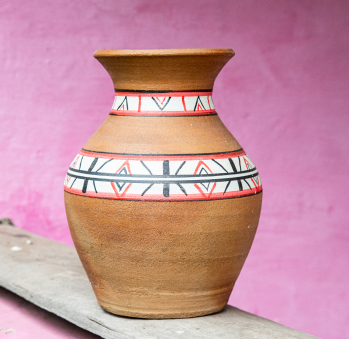

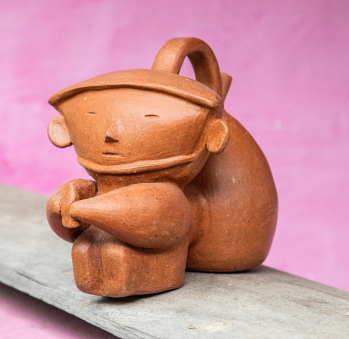
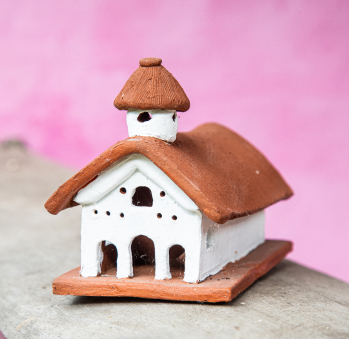
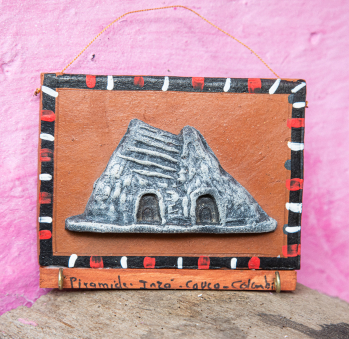









Artisans along the way
Artisans along the way
No puede copiar contenido de esta página

